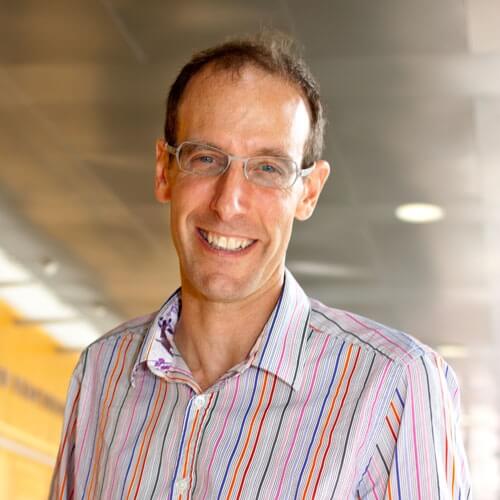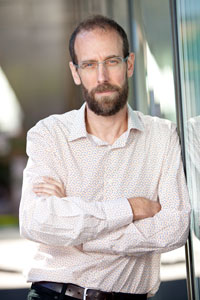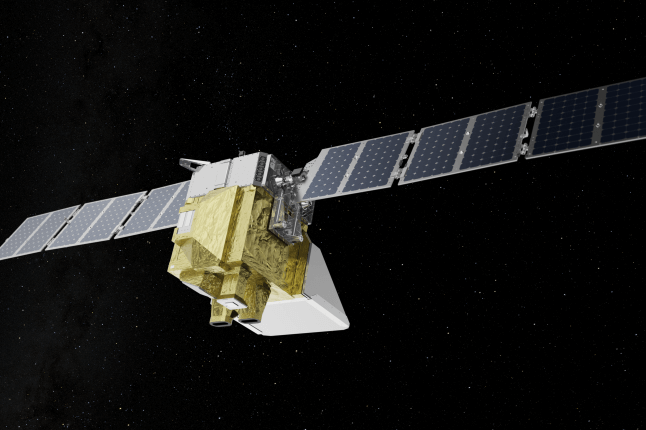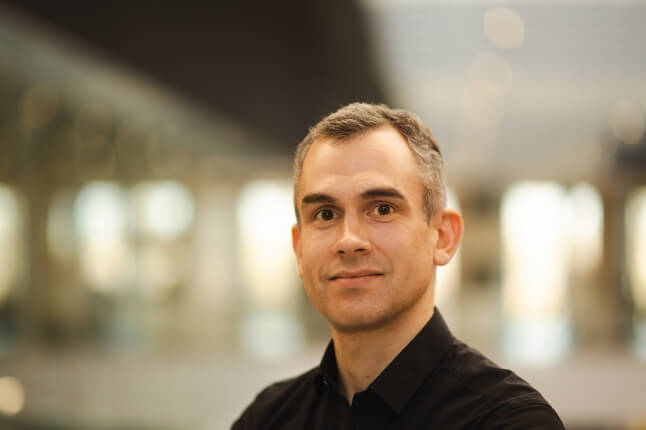News
David Keith is Gordon McKay Professor of Applied Physics at Harvard SEAS and Professor of Public Policy at the Harvard Kennedy School. (Photo by Eliza Grinnell, SEAS Communications.)
The following is an excerpt from the cover story of the July/August 2013 issue of Harvard Magazine, by Erin O'Donnell.
David Keith talks fast and takes stairs two steps at a time, as though impelled by a sense of urgency. The Harvard scholar is interested in both the scientific and the public policy questions that bear on climate change and has a hand in a surprising range of projects related to climate and energy. He co-manages the Fund for Innovative Energy and Climate Research (FICER), established by Microsoft founder Bill Gates ’77, LL.D. ’07, to support innovative climate-change research, and has founded Carbon Engineering, a company that appears on track to build the first industrial-scale plant to capture carbon dioxide from the air for possible commercial use. But Keith is best known for his work on solar geoengineering: strategies to counter rising global temperatures by reducing the amount of sunlight that reaches Earth and its atmosphere. Such work might someday save the planet.
As skeptics continue to question whether global warming is real, and worldwide efforts to cut greenhouse gases stall, a small but growing number of scientists believe that humans may need to consider a “Plan B” that takes control of our climate’s future. Solar geoengineering encompasses multiple proposals to adjust the planet’s thermostat, including deflecting sunlight away from the earth with massive space shields or with extra-bright low-altitude clouds over oceans. One suggestion, inspired by sulfur-spewing volcanoes, involves modifying a fleet of jets to spray sulfates into the stratosphere, where they would combine with water vapor to form aerosols. Dispersed by winds, these particles would cover the globe with a haze that would reflect roughly 1 percent of solar radiation away from Earth. (The 1991 eruption of Mount Pinatubo, which shot some 10 million metric tons of sulfur into the air, reduced global temperatures about 1 degree F for at least a year.)
Scientists have discussed such strategies for decades, but (until recently) mostly behind closed doors, in part because they feared that speaking publicly about geoengineering would undermine efforts to cut greenhouse-gas emissions. Keith, who is McKay professor of applied physics in the School of Engineering and Applied Sciences (SEAS) and professor of public policy at Harvard Kennedy School, strongly advocates bringing discussion of geoengineering into the open. He says, “We don’t make good decisions by sweeping things under the rug.”
And even as he endeavors to publicize the geoengineering debate, Keith has also sought to move the science itself beyond computer models, toward the possibility of small-scale field-testing. “It is by no means clear what the right answer is, or how much, if any, geoengineering we should use,” he says, “but the balance of evidence from the climate models used to date suggests that doing a little bit would reduce climate risks.”
Read the entire article, "Buffering the Sun," in Harvard Magazine
Topics: Environment, Climate, Applied Physics
Cutting-edge science delivered direct to your inbox.
Join the Harvard SEAS mailing list.
Scientist Profiles
David Keith
Associate in Environmental Science and Engineering



